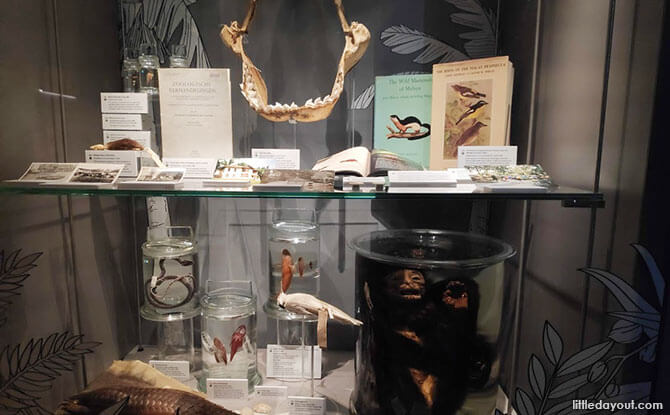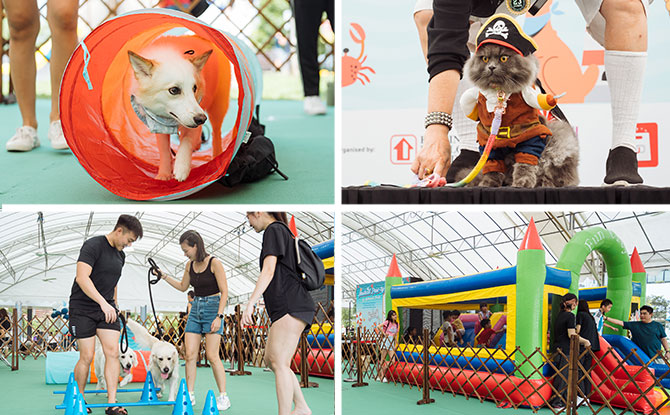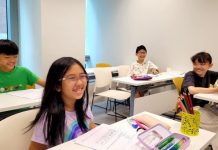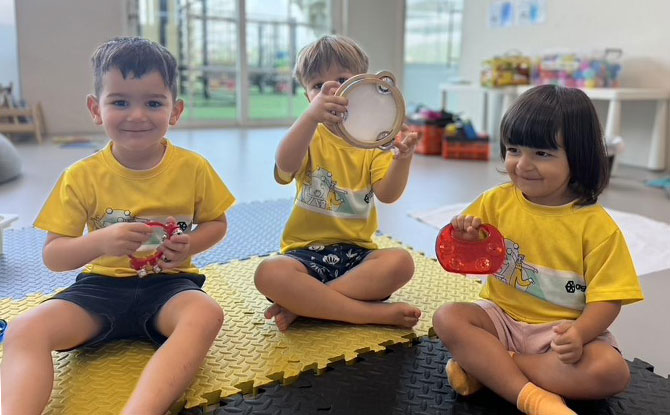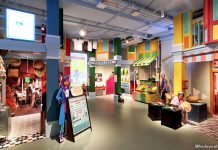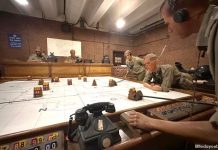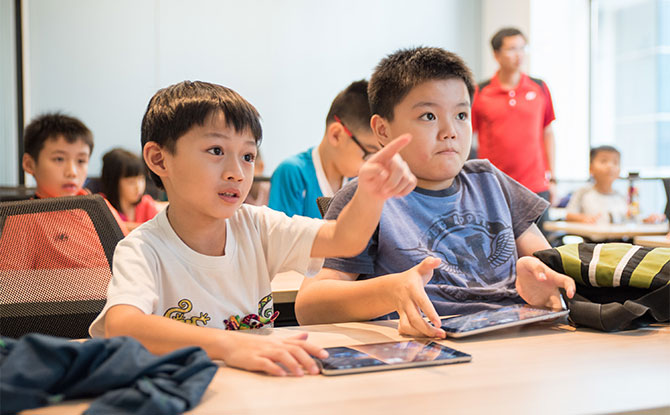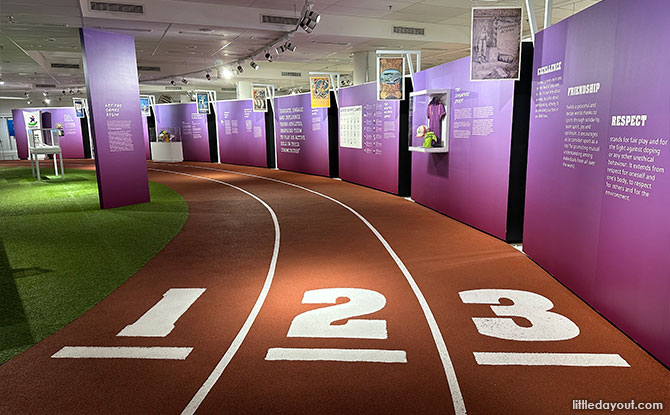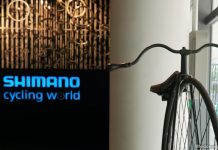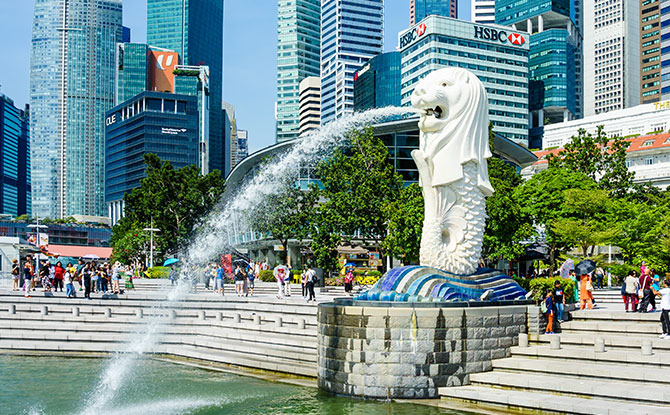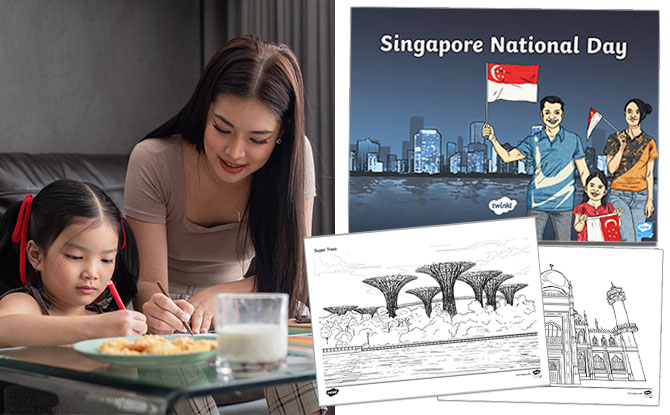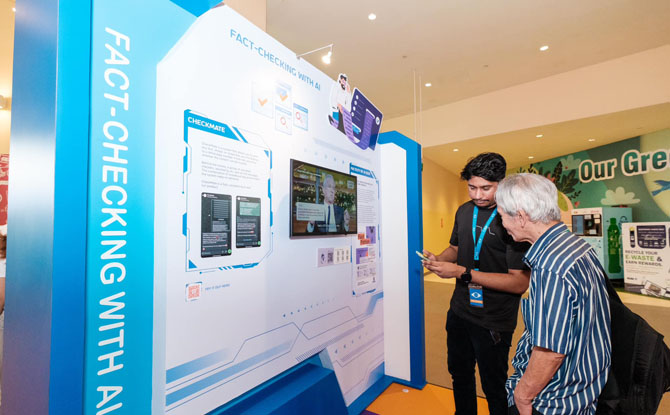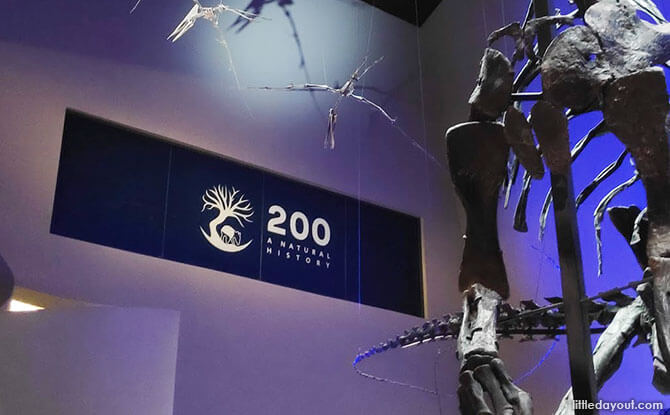
Did you know that Sir Stamford Raffles preferred eating dugong to durian? And that there was once a “sea serpent” spotted on a ship off the straits of Malacca enroute to Singapore? Did you know there used to be a time when a pelican and a crab named “Queen of Sheba” would participate in the menagerie race tied to strings? While these sound like they belong to a bizarre book on Singapore facts, you can find out more at Lee Kong Chian Natural History Museum’s (LKCNHM) exhibition 200: A Natural History.
Lee Kong Chian Natural History Museum’s Exhibition 200: A Natural History
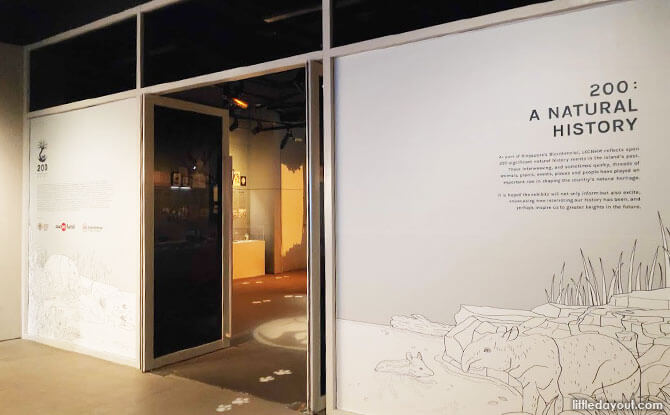
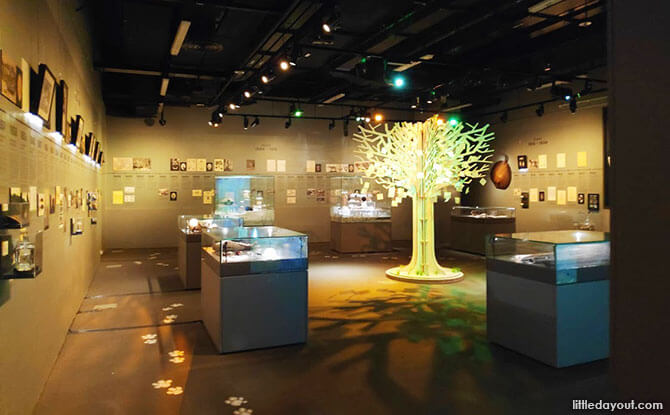
Interesting Finds at 200: A Natural History
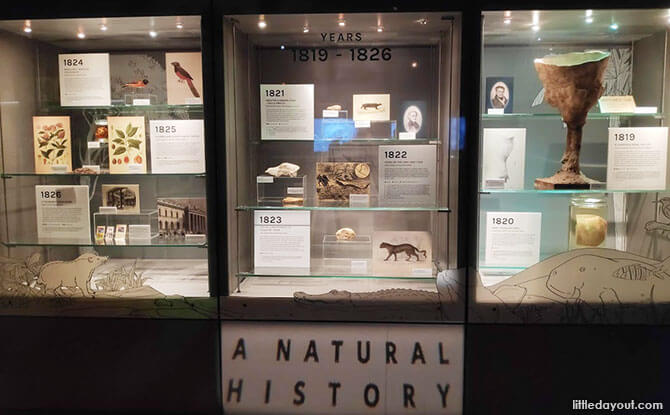
Year-end Holiday Camps: Discover Fun and Exciting Camps for Kids; Book Early
Farm Fright: Join City Sprouts For Their Halloween Bash On 26 Oct
Guess what was the first recorded creature in Singapore in 1819? No not the Merlion, it was the Neptune cup – a sea sponge which can grow to over one metre in height or 50 metres in radius, and considered a giant of the seafloor. The Neptune’s cup sponge seemed to be commonly found in Raffles’ time and brought to them in great numbers.
Sir Stamford Raffles was documented praising the quality of dugong meat likening that of “most excellent beef” in his account dated 1820. You would see it in the glass display once you enter the gallery. If you are thinking of trying dugong meat, please don’t. Dugongs are a critically endangered species in the “Red List of threatened animals of Singapore”.
A sea serpent was even spotted at the Straits of Malacca when the ship SS Rangoon was sailing to Singapore. In October 1869, Edward Hamilton Pringle, an engineer of public works observed a serpent “speeding through a sea”.
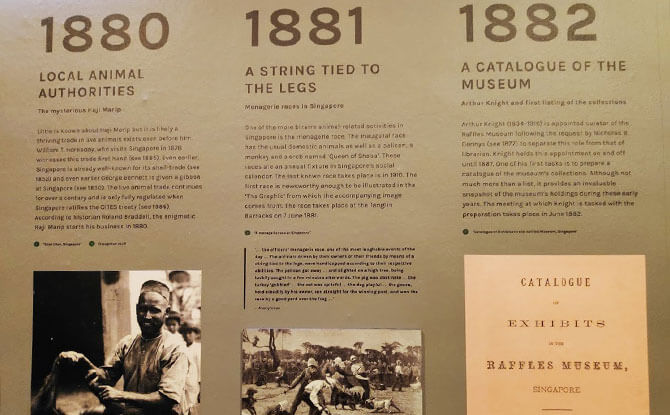
Animal Specimens, Skulls and Insects
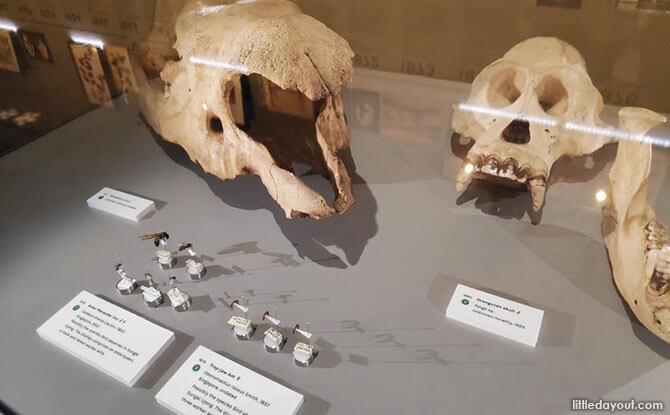
There were also various skulls showcased – that of rhinoceros, orangutan, different birds and other creatures. We also saw ant specimens like the Trapjaw ants, which we recently saw at the Ant Museum.
Honestly, we never knew there was so much biodiversity in Singapore. Hence, the records of the findings, passionate naturalists visiting Singapore just to study the flora and fauna as well as conservationists have truly uncovered so much of our heritage.
Fast Forward to Modern Day
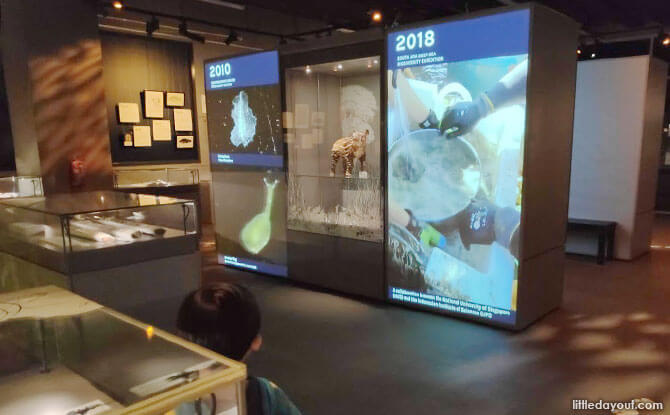
Did you know that our reefs also offer a good look at what the coastal environment was like years ago? Coral reefs are valuable historical archives, the core is extracted using a metal tube driven into the reef and exposes the core when taken out.
Teams in Singapore continue to run marine biodiversity surveys as well as explorations. Recent surveys of Christmas Island and nearby islands such as Pulau Semakau, Cyrene Reef and St John’s Island are documented in videos screened at the gallery. It also gives a peek into how researchers find out more through excavating, searching and exploring the various habitats.
200 Points to Note in Singapore’s Natural History
